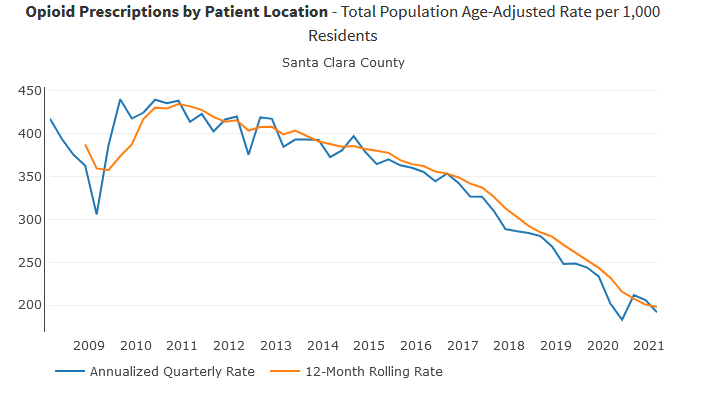California Leads Crackdown on Kratom and 7-OH
/By Pat Anson
California isn’t waiting for the federal government to classify a potent synthetic form of kratom as an illegal drug. In fact, it’s going a step further.
The California Department of Public Health (CDPH) is warning consumers that products containing kratom or the alkaloid 7-hydroxymitragynine – known as 7-OH -- are illegal to sell or manufacture in the state. In recent months, six fatal overdoses linked to 7-OH have been reported in Los Angeles County, although alcohol, medication and illicit substances were also involved in those deaths.
7-OH occurs naturally in kratom in trace amounts, but some retailers are selling concentrated synthetic versions of 7-OH that boost its potency as a pain reliever and mood enhancer.
In July, the FDA said it would ask the DEA to classify 7-OH as an illegal Schedule One controlled substance, but specifically noted that the move was “not focused on natural kratom leaf products.”
California health officials are focused on both, claiming natural kratom and 7-OH cannot legally be marketed or sold in the state as drugs, dietary supplements or food additives. In recent weeks they’ve been removing kratom and 7-OH products from retail outlets and manufacturing locations across California.
“We are still finding kratom and 7-OH products for sale in gas stations, smoke shops, online and other retailers. While these products are sometimes marketed as natural remedies, they are dangerous and can result in fatal overdoses,” Dr. Erica Pan, CDPH Director and State Public Health Officer, said in a statement. “The best way to protect yourself is to avoid using 7-OH and kratom-related products.”
7-HOPE Alliance, a nonprofit that advocates for continued sales of 7-OH, calls the crackdown “unlawful” because there is no California or federal law that bans kratom or 7-OH.
“This is government overreach at its worst,” Jackie Subeck, founder of 7-HOPE Alliance, said in a statement. “When the FDA is already under fire from both Democrats and Republicans for politicizing science, from vaccines to dietary supplements, it’s reckless for California to take cues from them without peer-reviewed evidence and taking action that will put lives at risk.”
Alabama, Arkansas, Indiana, Rhode Island, Vermont and Wisconsin have already classified natural kratom as a controlled substance. Dozens of cities, counties and local jurisdictions have also banned its sale. In August, Florida classified synthetic 7-OH as an illegal controlled substance.
Ohio’s governor recently sought to have all forms of kratom and 7-OH banned in his state, but postponed action after reportedly getting a call from HHS Secretary Robert F. Kennedy Jr.
In 2016, the DEA and FDA tried unsuccessfully to classify 7-OH and the kratom alkaloid mitragynine as illegal drugs, only to drop those efforts after a public outcry. A top federal health official later said the FDA withdrew its scheduling request because of “embarrassingly poor evidence & data” about the harms posed by kratom.
“Policymakers across the spectrum have questioned whether the current FDA can be trusted to put science over politics,” said Subeck. “Californians deserve the medical freedoms that they were promised. Not fear campaigns and knee-jerk bans.”
Kratom and 7-OH are not even mentioned in the DEA’s 2025 National Drug Threat Assessment, an annual report that highlights threats to public health posed by illicit drugs.
Kratom products are usually sold as powders, tablets, shots, capsules and gummies. Consumers typically take them to relieve pain, anxiety, depression or withdrawal symptoms from other substances.
Critics call kratom “gas station heroin” and often claim it’s an opioid. But kratom actually comes from a tropical tree native to southeast Asia that belongs in the same botanical family as coffee. Natural opioids are derived from poppy plants, not kratom.
Like coffee, cheese, chocolate and many other food items, kratom acts on nerve receptors in the brain that trigger the release of endorphins and other “feel good” hormones that relieve pain naturally and have other opioid-like effects. Kratom’s effects are usually mild, depending on the amount consumed.


















